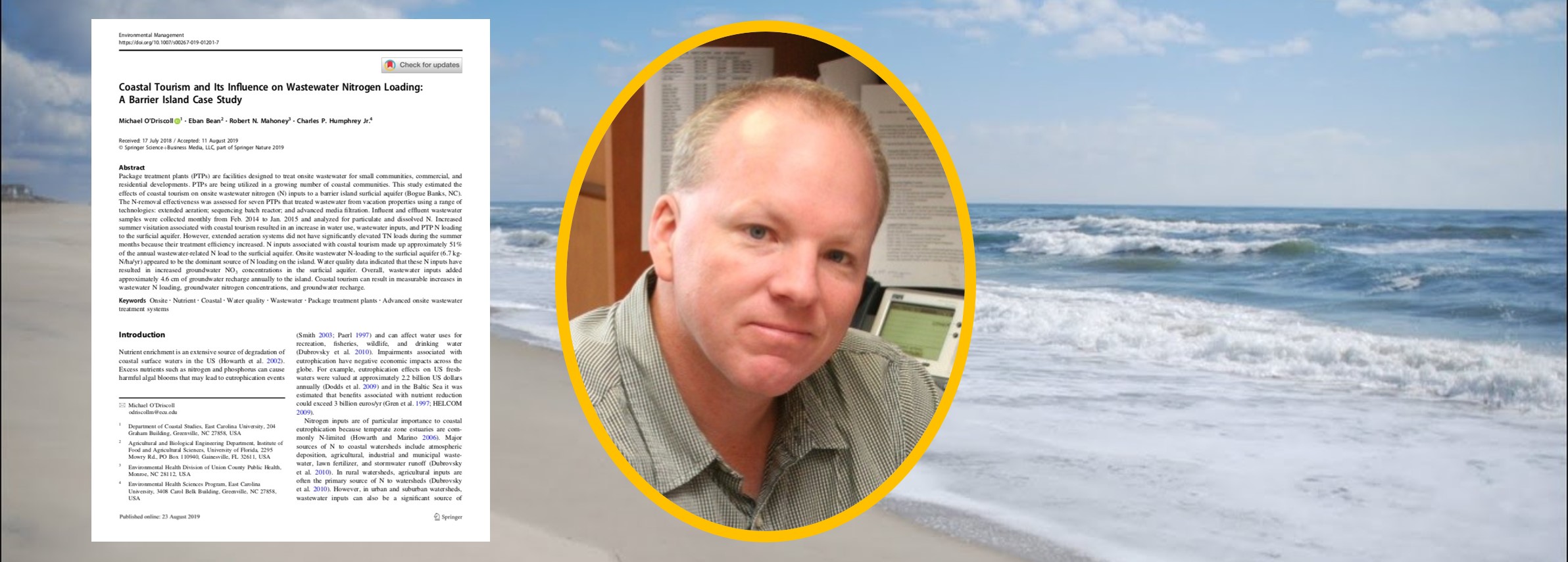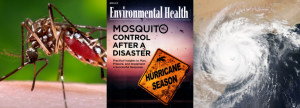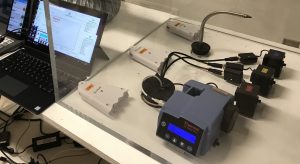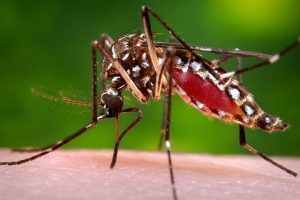O’Driscoll M, Bean EZ, Humphrey CP and Mahoney RN (2019). Coastal Tourism and Its Influence on Wastewater Nitrogen Loading: A Barrier Island Case Study. Environmental Management (epub ahead of print). doi:10.1007/s00267-019-01201-7
Abstract
Package treatment plants (PTPs) are facilities designed to treat onsite wastewater for small communities, commercial, and residential developments. PTPs are being utilized in a growing number of coastal communities. This study estimated the effects of coastal tourism on onsite wastewater nitrogen (N) inputs to a barrier island surficial aquifer (Bogue Banks, NC). The N-removal effectiveness was assessed for seven PTPs that treated wastewater from vacation properties using a range of technologies: extended aeration; sequencing batch reactor; and advanced media filtration. Influent and effluent wastewater samples were collected monthly from Feb. 2014 to Jan. 2015 and analyzed for particulate and dissolved N. Increased summer visitation associated with coastal tourism resulted in an increase in water use, wastewater inputs, and PTP N loading to the surficial aquifer. However, extended aeration systems did not have significantly elevated TN loads during the summer months because their treatment efficiency increased. N inputs associated with coastal tourism made up approximately 51% of the annual wastewater-related N load to the surficial aquifer. Onsite wastewater N-loading to the surficial aquifer (6.7 kg-N/ha/yr) appeared to be the dominant source of N loading on the island. Water quality data indicated that these N inputs have resulted in increased groundwater NO3 concentrations in the surficial aquifer. Overall, wastewater inputs added approximately 4.6 cm of groundwater recharge annually to the island. Coastal tourism can result in measurable increases in wastewater N loading, groundwater nitrogen concentrations, and groundwater recharge.




